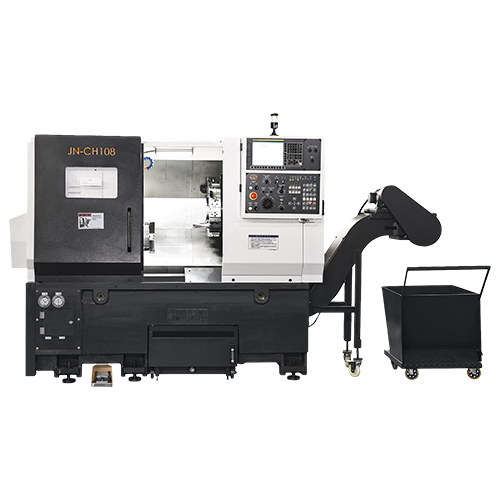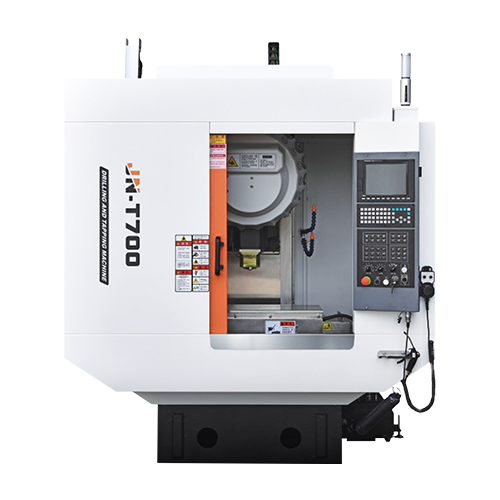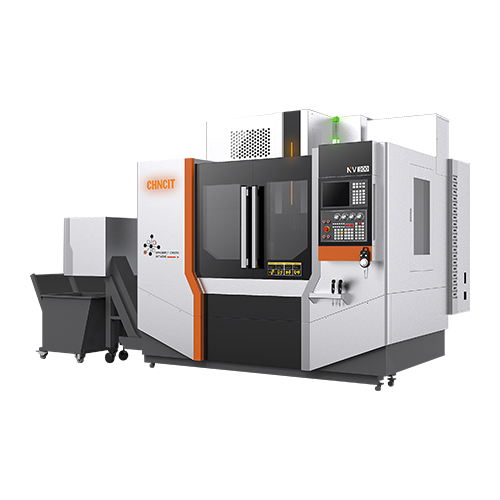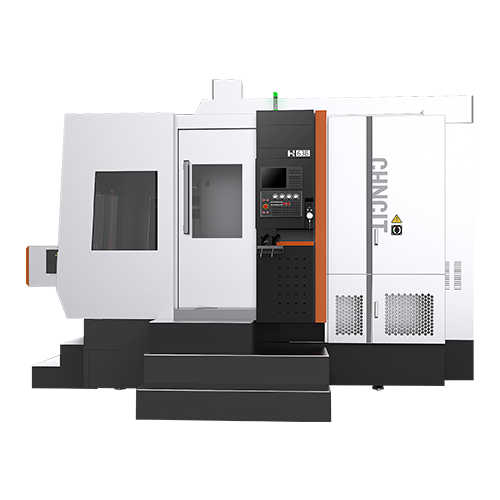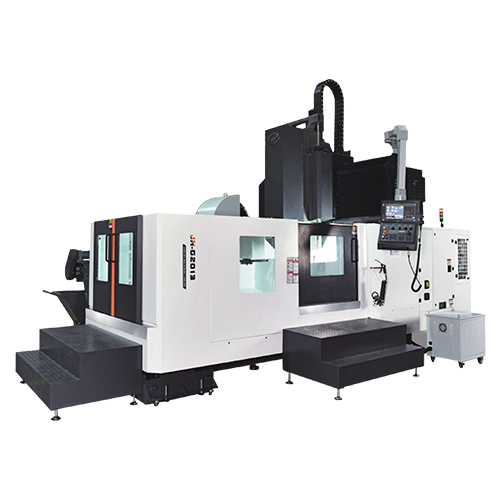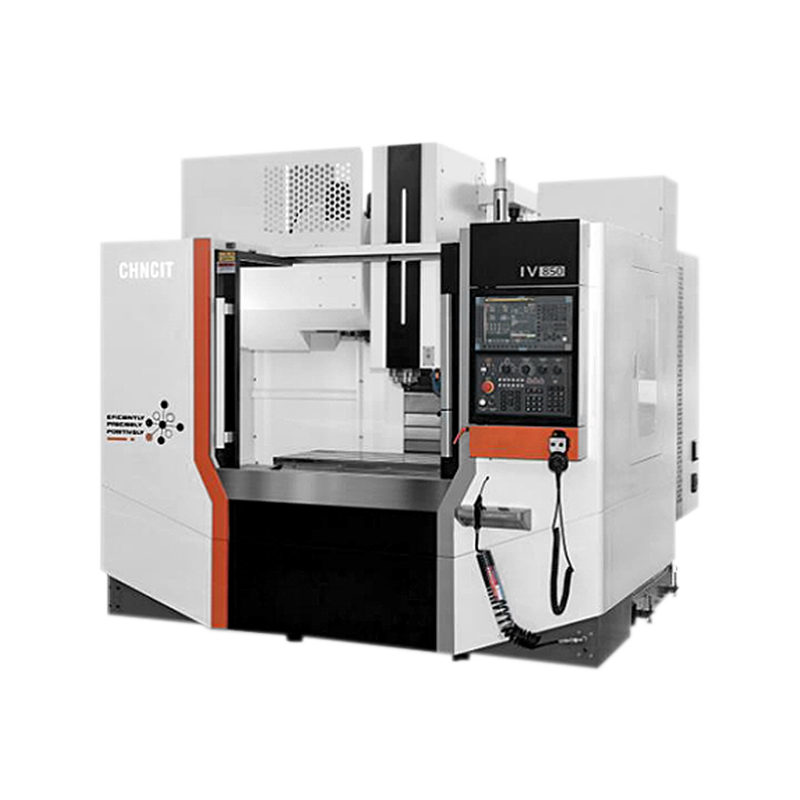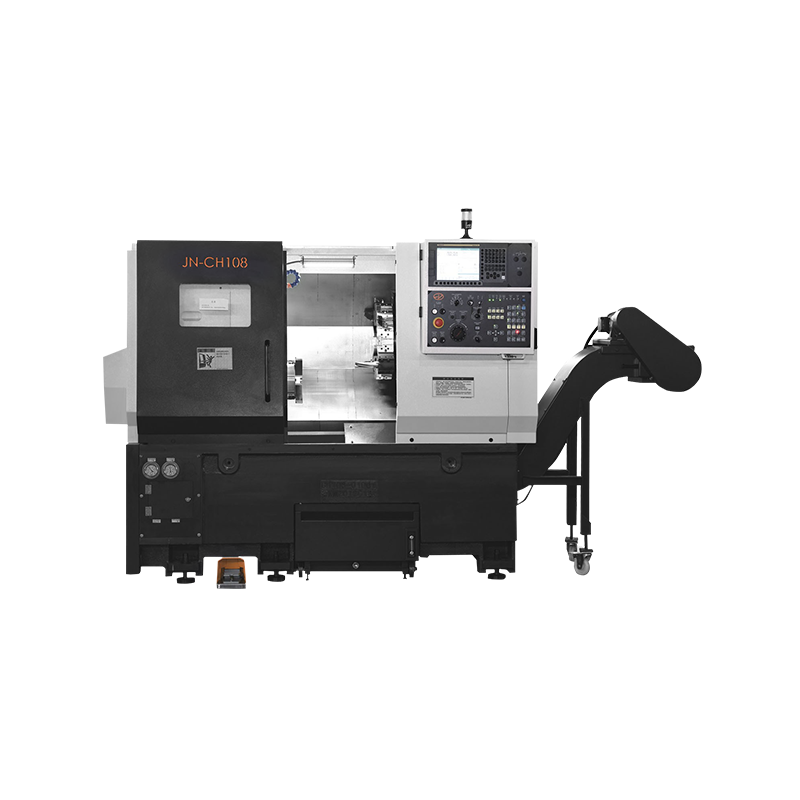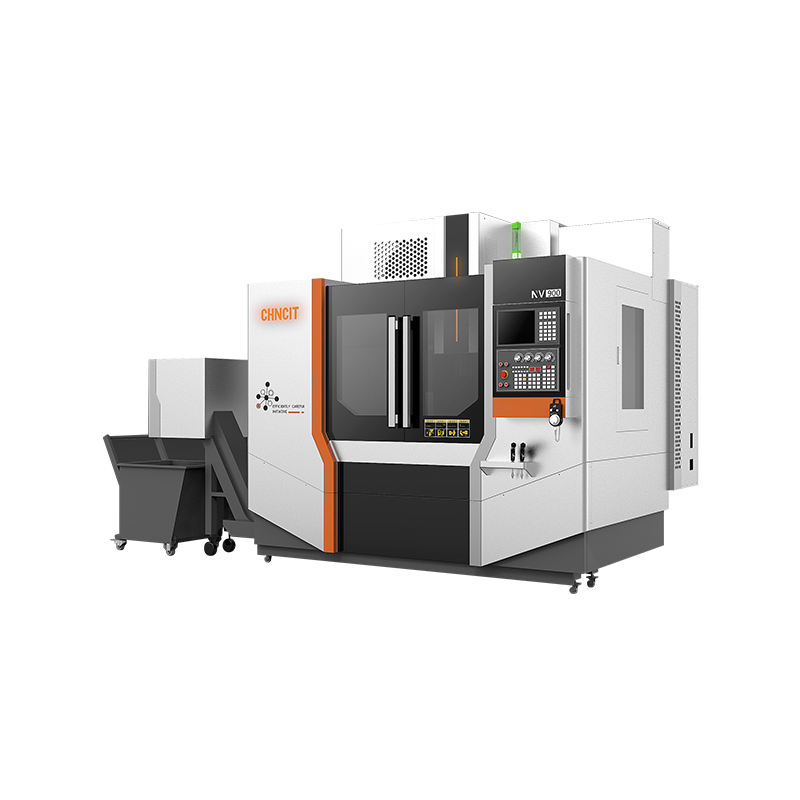-
 WHATSAPP
WHATSAPP -
 INS
INS -
 WECHAT
WECHAT
Cost-Effective CNC Drilling and Milling Solutions
"How can I get high-quality parts from a CNC Milling Factory or CNC Drilling Factory without overspending?" is a question that many customers have in a competitive manufacturing environment. Cost is always on the table. From our position at Jiangnan CNC Machine Tool Co., Ltd., we believe that offering cost-effective CNC drilling and milling solutions is a crucial differentiator.
Understanding Cost Drivers in CNC Milling & Drilling
Before you can optimize for cost, you must understand what contributes to cost. As a CNC milling factory or CNC drilling factory, we see the following key cost drivers:
1. Material Costs
The raw material accounts for a significant portion of the total part cost. Expensive alloys or exotic materials drive up cost quickly.
In drilling, harder or tougher materials also increase wear on drill bits and lengthen cycle time.
2. Machining Time & Machine Operating Cost
Every minute a spindle is running, the cost for energy, wear, and overhead accumulates. More complex milling tool paths or deeper drilling cycles take longer.
3. Tooling & Consumables
Drill bits, end mills, tool holders, coolant, lubrication, and fixture wear are consumables. If a tool fails or wears prematurely, it must be replaced or cause wasted parts.
4. Setup, Fixture & Programming Overhead
Each new part or operation often demands fixture design, part loading/unloading, NC program creation, toolpath verification, and setup time. These non-cutting hours can dominate for small batches.
5. Post-processing & Finishing
Some parts require deburring, machining polishing, heat treatment, or surface finishing. These additional steps drive cost up.
6. Scrap, Rework & Error Rates
Mistakes, dimensional drift, or tool breakage can cause to scrapped parts or parts requiring rework. That adds to cost exponentially if frequent.
By identifying and quantifying these cost components, a factory can focus on strategies that reduce them proportionally.
Strategies for Cost-Effective CNC Drilling and Milling
A. Design for Manufacturability (DfM) & Tolerance Optimization
Relax tolerances sensibly
Do not demand extremely tight tolerances in features that don’t require them. Tight tolerances cause to slower feeds, more tool wear, and extra quality checks.
Minimize part complexity
Reduce undercuts, reduce the number of features, simplify geometry. Simpler features cost less to program and machine.
Avoid extremely deep cavities or small holes
Shallow cavities and moderate hole depth ratios are easier and faster to machine.
Use standard tools / standard feature sizes
Standard hole sizes, standard end mills, and avoiding custom tooling can reduce cost and tool change time.
B. Optimize Toolpaths and Machining Strategy
Use efficient toolpath strategies
Select roughing, semi-finishing, finishing passes intelligently to maximize material removal with minimal tool load.
Simulate before cut
Use software simulation to detect collisions or inefficiencies in the toolpath to avoid wasted cycles or damage.
Canned cycles for drilling
Use built-in canned cycles (predefined routines in the controller) for repetitive drilling, tapping, or peck cycles to simplify programming and reduce variation.
Sequence operations intelligently
Do rough cuts first, remove bulk material, then finish. Order drilling operations where possible to occur when the part has less residual stress or when machining rigidity is favorable.
C. Batch Production & Volume Scaling
Leverage economies of scale
Larger batches reduce the share of setup time per part, amortize fixture costs, and better use tool life.
Group parts by similar orientations / setups
If multiple parts share similar fixturing or orientation, produce them in groups to reduce fixture changes and machine downtime.

